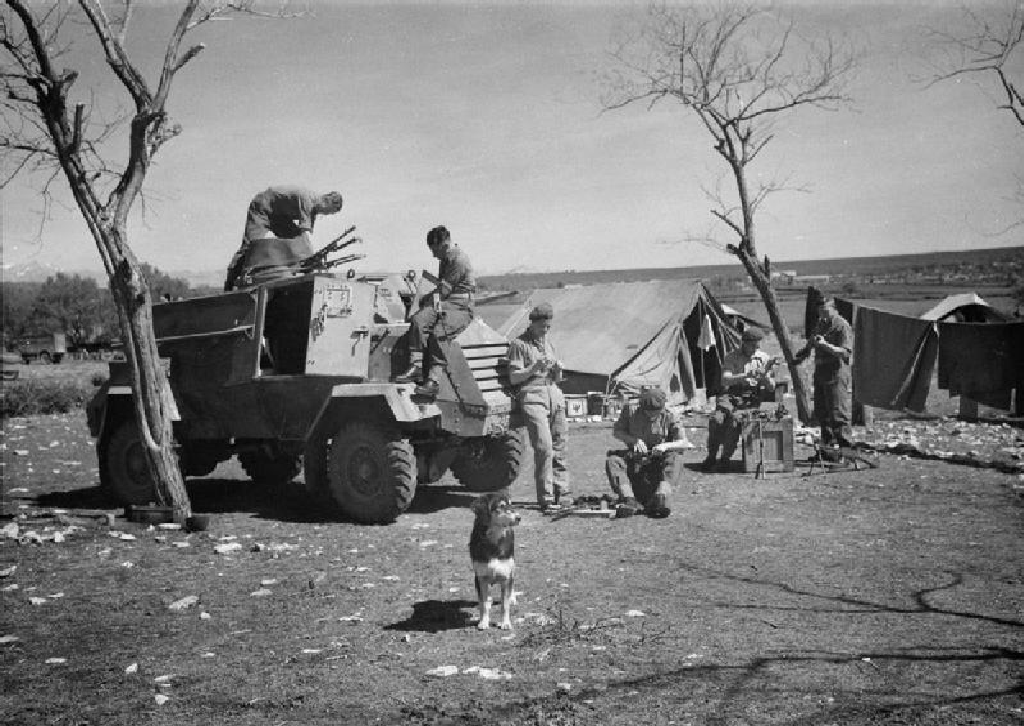GMC Otter
General Motors of Canada built the GMC Otter Light Reconnaissance Car between 1941 and 1945, utilizing existing vehicle components from other GM designs. It was used in NW Europe by Canadian and South Africans Units and was used extensively by the RAF Regiment in the Western Desert, Greece, Yugoslavia, Sicily and Italy.
It substituted for the Humber Mk 3 light Car used by the RAF Regiment in NW Europe, as these were adjudged to be not sufficiently robust enough to operate in some of the more difficult terrain in those theatres.
They also re-equipped the RAF Armoured Companies in Iraq and Syria. At the end of Hostilities they were transferred to Palestine and Iraq for counter insurgency operations until the withdrawal from Israel in 1949. Recovered to the Canal Zone and Jordon they were gradually phased out of service in the early 1950’s. The vehicle displayed, Warhawk , of 2908 Sqn, operated in Greece in 1944. The Allies were retaking possession of the country after the German withdrawal. After successful initial operations, the political situation deteriorated and the RAF Regiment became involved in vicious street fighting, especially around the location of Air HQ. in the northern Athens suburb of Kiffisia.
This was attacked and surrounded by the Greek Communist Party ELAS and a relief column was dispatched including Warhawk, a VHF equipped Otter, for calling in FGA aircraft allocated to the column. Sadly when they arrived at the Air HQ. it was deserted with the whole of 1321 Wing and 2923 Sqn RAF Regiment reported missing. Warhawk was subsequently immobilized by ELAS and its crew captured. It could not be recovered because of intense enemy fire and was destroyed the next day by RAF Spitfires because of the secret nature of its radios. LAC Ward. the driver, who was wounded and captured, had previously won the MM in the vehicle during the crossing of the Corinth Canal. The present vehicle was given to the Dutch Army in 1946 in Sumatra and mounted as a gate guardian at the Dutch Military Museum at Overloon from 1948 to the mid 70’s. It was rescued by an enterprising RAF Regiment Officer and recovered to the RAF Regiment Museum.
It stood as a museum piece from 1978. It was refurbished by the RAF Regiment Heritage Centre Team in 2016 and is now one of the very few running Otters in the world.
Weight: 4.8 tons
Crew: 3
Max Speed: 45 mph
Armament: Various inc10.5in Browning,
Bren LMG(s) Boys Anti Tank Rifle


